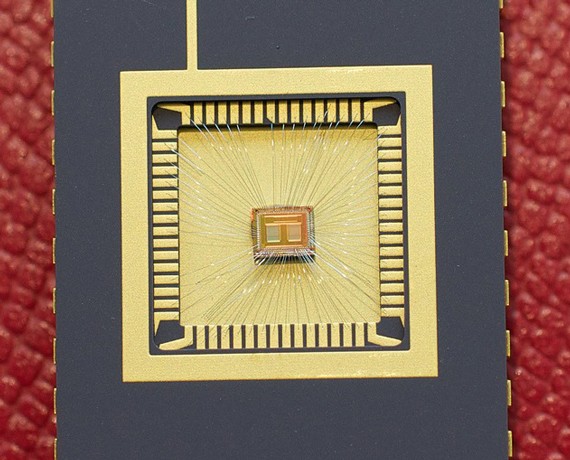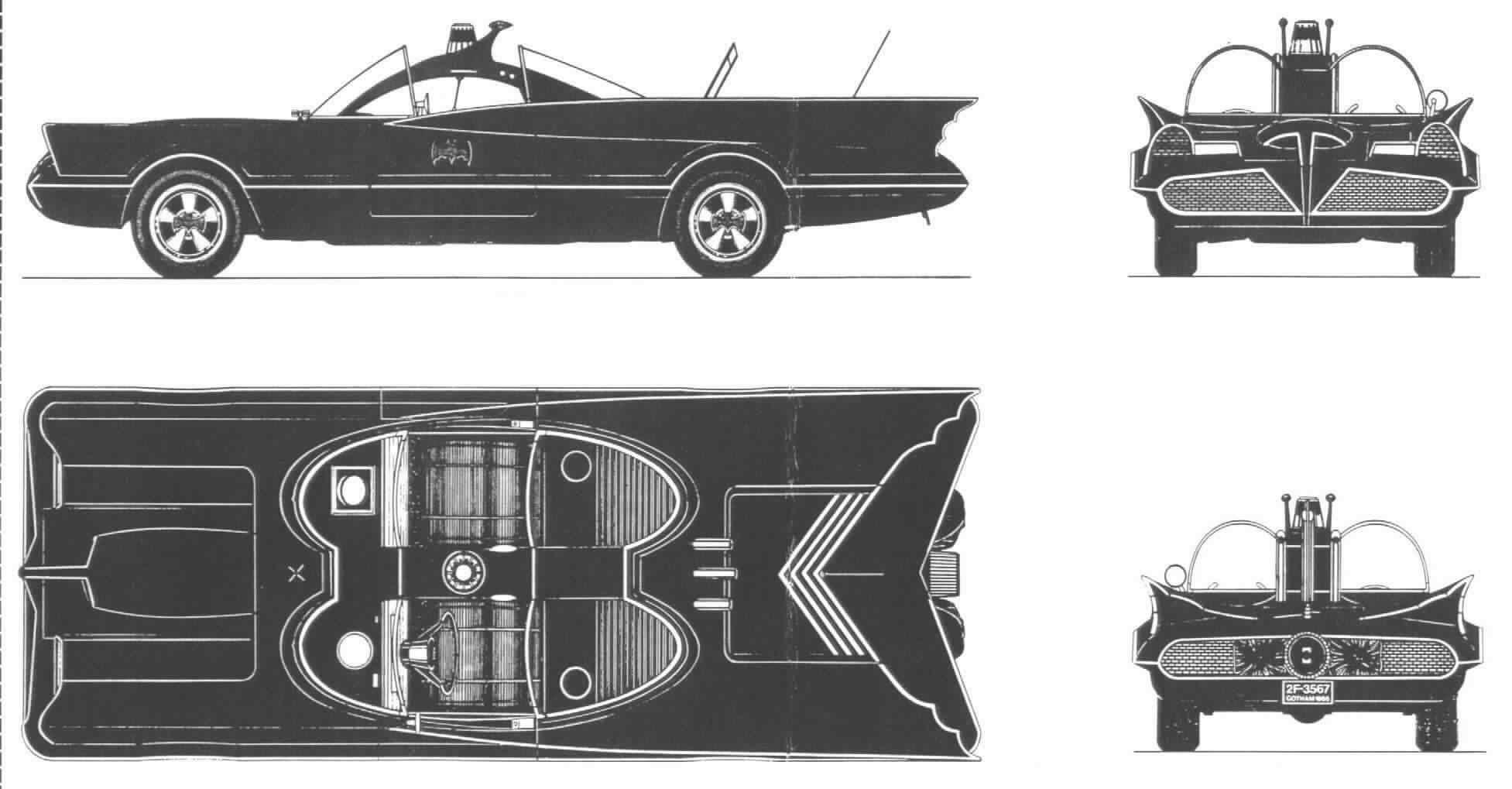BREAKING NEWS
LATEST POSTS
-
Robert Alton on naive realism and quantum mechanics
https://www.youtube.com/watch?v=e-Fo_k7RC8g
Any description of the universe is a description of the instrument you used to analyze the universe. Instruments including our brain.
-
Adobe Nav
https://www.youtube.com/watch?v=yBDYPhL7Cn4
http://www.photoshop.com/products/mobile/nav
http://itunes.apple.com/nz/app/adobe-nav-for-photoshop/id426614130?mt=8
-
Science, Storage IBM develops ‘instantaneous’ memory, 100x faster than flash
It reads and writes 100 times faster than flash, stays reliable for millions of write-cycles (as opposed to just thousands with flash), and is cheap enough to be used in anything from enterprise-level servers all the way down to mobile phones.
http://www.engadget.com/2011/06/30/embargo-ibm-develops-instantaneous-memory-100x-faster-than-fl/

FEATURED POSTS
-
HDR and Color
https://www.soundandvision.com/content/nits-and-bits-hdr-and-color
In HD we often refer to the range of available colors as a color gamut. Such a color gamut is typically plotted on a two-dimensional diagram, called a CIE chart, as shown in at the top of this blog. Each color is characterized by its x/y coordinates.
Good enough for government work, perhaps. But for HDR, with its higher luminance levels and wider color, the gamut becomes three-dimensional.
For HDR the color gamut therefore becomes a characteristic we now call the color volume. It isn’t easy to show color volume on a two-dimensional medium like the printed page or a computer screen, but one method is shown below. As the luminance becomes higher, the picture eventually turns to white. As it becomes darker, it fades to black. The traditional color gamut shown on the CIE chart is simply a slice through this color volume at a selected luminance level, such as 50%.
Three different color volumes—we still refer to them as color gamuts though their third dimension is important—are currently the most significant. The first is BT.709 (sometimes referred to as Rec.709), the color gamut used for pre-UHD/HDR formats, including standard HD.
The largest is known as BT.2020; it encompasses (roughly) the range of colors visible to the human eye (though ET might find it insufficient!).
Between these two is the color gamut used in digital cinema, known as DCI-P3.
sRGB

D65










